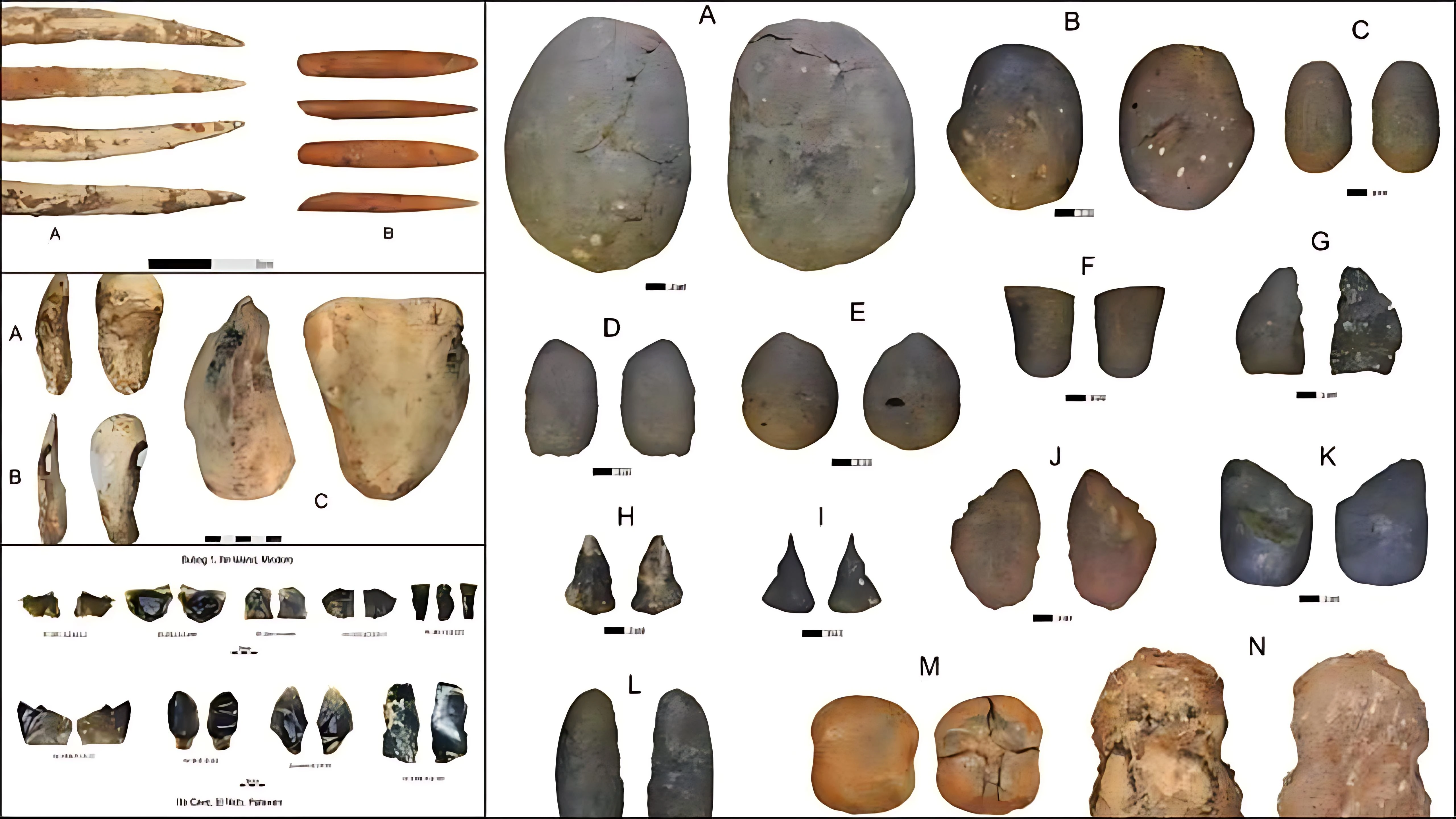Manila: Ateneo de Manila University archaeologists, collaborating with international experts, have uncovered evidence that the Philippine islands hosted a technologically advanced maritime culture more than 35,000 years ago.
Published in Archaeological Research in Asia, the study highlights the archipelago’s key role in early human migration and the prehistoric networks of marine Southeast Asia.
The research, spanning 15 years, focused on Mindoro Island, particularly Ilin Island, San Jose, and Sta. Teresa, Magsaysay. Unlike Palawan, Mindoro was never connected to mainland Southeast Asia by land bridges, requiring early humans to develop sophisticated seafaring technologies.
Findings include ancient human remains, animal bones, and tools made from stone and bone, notably giant clam shells used for making adzes 7,000 to 9,000 years ago.
These tools resemble those found thousands of kilometers away in Island Southeast Asia and Papua New Guinea, indicating extensive maritime exchanges.
A 5,000-year-old grave on Ilin Island, where the body was buried in a fetal position beneath limestone slabs, mirrors burial practices seen throughout Southeast Asia, hinting at shared cultural beliefs and growing social complexity.
These discoveries reveal that early Mindoro inhabitants were adapted to marine life and formed part of a vast maritime network facilitating cultural and technological exchange across the region. The Mindoro Archaeology Project reshapes understanding of human migration and maritime innovation in prehistoric Southeast Asia.








